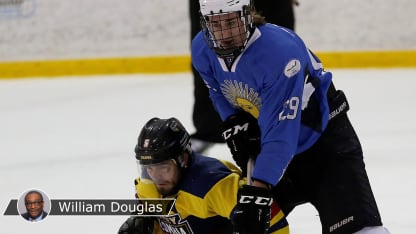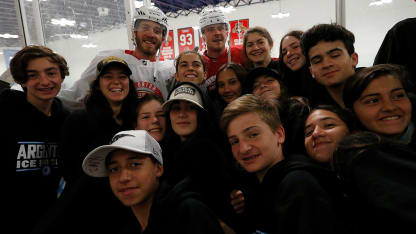At the Amerigol Cup, Villagra proudly displayed a repaired stick he's been using since 2009, noting that it has the same flex as when it was first purchased.
He also showed off "Frankenskate," a beat-up pair of Bauer boots used by an Argentine player for ice and in-line hockey. The blades are interchangeable, held to the boots by easily removable screws and bolts instead of rivets.
"There's no pro shop there, there's only one person that imports that stuff, and it's really, really expensive," said Leana Villagra, Racki's daughter, whose 11 points (seven goals, four assists) in three games helped lead Argentina to the Amerigol Cup women's championship. "It's better to fix it over and over again, and that's what he does."
Fixing what would be considered unrepairable in North America and traveling great distances (Ushuaia is nearly 1,475 miles from Buenos Aires by air) to play on a regulation-sized rink shows the love some Argentines have for hockey.
Argentina has been an associate member of the International Ice Hockey Federation since 1998. The country has 1,060 players; 630 men, 290 women and 140 juniors.
"We have a heart, passion and creativity, like (soccer star) Messi and (former NBA player) Manu Ginobili," Haiek said. "We work so hard to involve all the kids to play because it's the best sport of the world -- ice hockey and in-line hockey is the best of the world."



